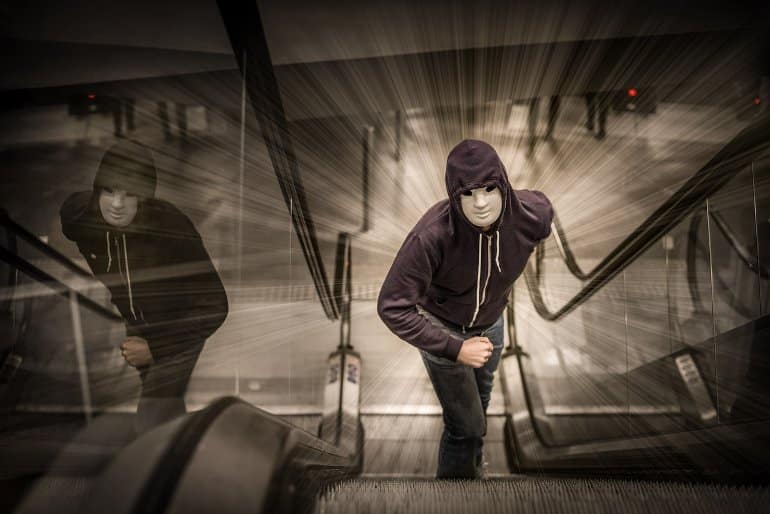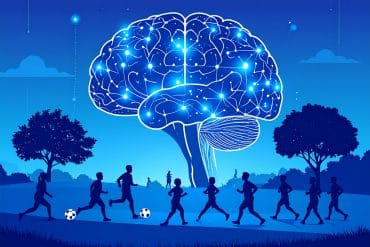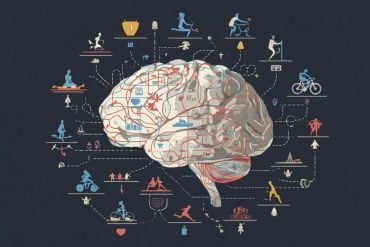Summary: Both children and adults are more likely to consider villains as having inwardly good qualities than heroes having inwardly bad qualities.
Source: University of Michigan
Whether it’s on television or in a movie, we love the villain.
No matter how egotistical, power hungry or greedy the person is, many of us are still attracted to their dark side—in part because we suspect some may have a redeeming quality. In fact, according to a new University of Michigan study, both adults and children more often reported that villains were inwardly good than that heroes were inwardly bad.
“In other words, people believe there is a mismatch between a villain’s outward behaviors and their inner, true self, and this is a bigger gap for villains than for heroes,” said Valerie Umscheid, U-M psychology doctoral student and the study’s lead author.
Inside, villains are a little less evil than they outwardly seem while heroes are fully good guys inside and out.

Umscheid and colleagues conducted three studies with 434 children (ages 4-12) and 277 adults to determine how individuals make sense of antisocial acts committed by evil-doers. They focused on participants’ judgments of both familiar and novel fictional villains and heroes, such as Disney’s Ursula from “The Little Mermaid” and Pixar’s Woody from “Toy Story.”
Study 1 established that children viewed villains’ actions and emotions as overwhelmingly negative. This suggests that children’s well-documented tendency to judge people as good does not prevent their appreciation of extreme forms of villainy.
Studies 2 and 3 assessed children’s and adults’ beliefs regarding heroes’ and villains’ moral character and true selves, using an array of converging evidence, including how a character felt inside, whether a character’s actions reflected their true self and whether a character’s true self could change over time.
Across these measures, the research indicated that both children and adults consistently evaluated villains’ true selves to be overwhelmingly evil and much more negative than heroes’. At the same time, researchers also detected an asymmetry in the judgments, wherein villains were more likely than heroes to have a true self that differed from their outward behavior.
Both children and adults believed characters like Ursula had some inner goodness, despite the bad/immoral actions they regularly engage in, Umscheid said.
About this psychology research news
Author: Press Office
Source: University of Michigan
Contact: Press Office – University of Michigan
Image: The image is in the public domain
Original Research: Open access.
“What makes Voldemort tick? Children’s and adults’ reasoning about the nature of villains” by Valerie A. Umscheid et al. Cognition
Abstract
What makes Voldemort tick? Children’s and adults’ reasoning about the nature of villains
How do children make sense of antisocial acts committed by evil-doers? We addressed this question in three studies with 434 children (4–12 years) and 277 adults, focused on participants’ judgments of both familiar and novel fictional villains and heroes.
Study 1 established that children viewed villains’ actions and emotions as overwhelmingly negative, suggesting that children’s well-documented positivity bias does not prevent their appreciation of extreme forms of villainy.
Studies 2 and 3 assessed children’s and adults’ beliefs regarding heroes’ and villains’ moral character and true selves, using an array of converging evidence, including: how a character felt inside, whether a character’s actions reflected their true self, whether a character’s true self could change over time, and how an omniscient machine would judge a character’s true self.
Across these measures, both children and adults consistently evaluated villains’ true selves to be more negative than heroes’.
Importantly, at the same time, we also detected an asymmetry in the judgments, wherein villains were more likely than heroes to have a true self that differed from their outward behavior. More specifically, across the ages studied participants more often reported that villains were inwardly good, than that heroes were inwardly bad.
Implications, limitations, and directions for future research are discussed in light of our expanding understanding of the development of true self beliefs.







